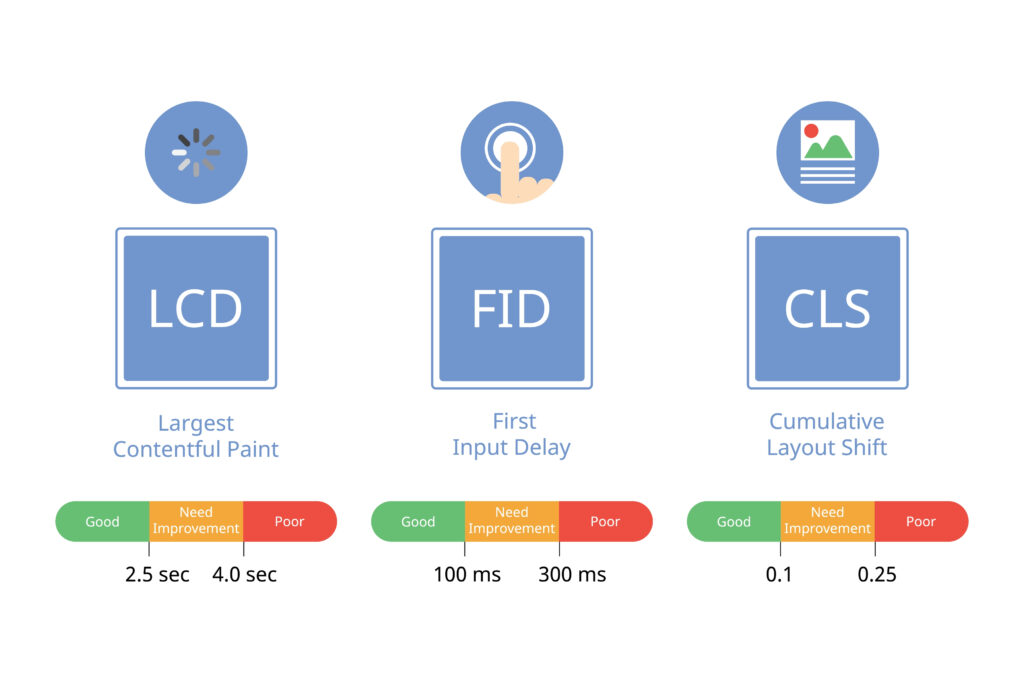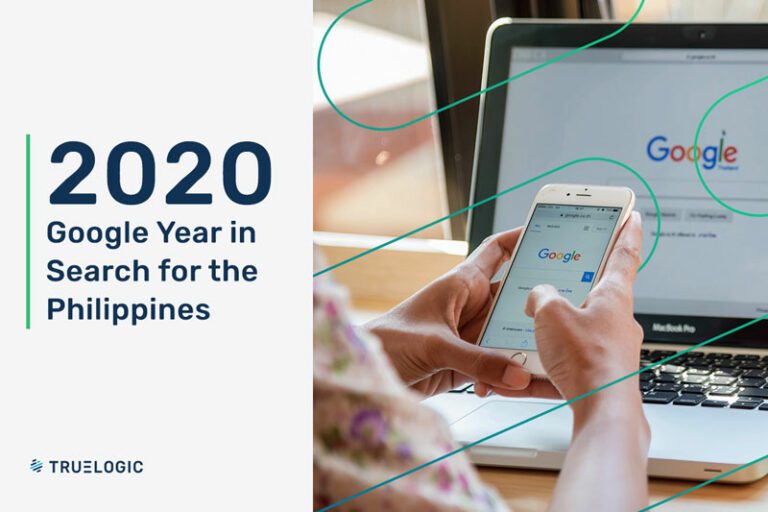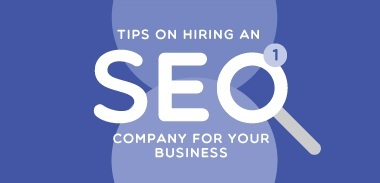SEO Trends 2024: What’s Shaping the Future of Search

SEO Trends are shifting fast in 2024. If you’re running a business or are part of a digital marketing agency, your old tactics are probably not going to be enough anymore. Are you ready to adjust your SEO strategy?
This guide breaks down the state of search in 2024 and how Philippine businesses can adapt to succeed.
Table of Contents
1. Core Web Vitals Are Non-Negotiable
Google still prioritizes page experience with Core Web Vitals (CWV). These metrics track page load speed, visual stability, and interactivity—three factors that impact user satisfaction and page quality.
If your site doesn’t load in under three seconds at least, you risk losing both traffic and revenue.
💡 Pro Tip: Use caching, lazy-loading and compressing images, optimize scripts, and implement a content delivery network (CDN) to speed up load times.
📌 Need expert help? Check out our website revamp service to optimize your site.

2. Search Intent Takes Center Stage
Search engines in 2024 are smarter about understanding user intent, so it’s not enough to focus on keywords alone. Content that matches the right intent is more likely to rank and convert.
Here are the four main types of search intent and what they mean:
- Navigational: Users are looking for a specific site or brand.
- Informational: Users are looking for information or researching.
- Commercial: Users are narrowing or reinforcing choices before a purchase or an action.
- Transactional: Users are looking for a specific brand and are often ready to do an action (like buy or download).
How to Adapt:
- Create content for every intent. For example, use transactional keywords for product pages and informational keywords for resource pages to pull in searchers at the top of the funnel.
📌 Check out how SEO services can capture your ideal target audience.
3. AI Is Reshaping SEO—and Fast
The rise of artificial intelligence is affecting SEO in more ways than one. One of the most obvious ways is how a number of users now go to AI assistants like ChatGPT for their queries instead of Google search.
While ChatGPT or any other similar large language model (LLM) is probably not going to replace Google search anytime soon, it’s still noteworthy that it is the go-to tool for a non-negligible number of people.
Of course, ChatGPT is not a search engine, so it’s not exactly an apples to apples comparison. However, it can do some things that a search engine cannot, which means it does have some utility.
This leads us to another way AI is affecting SEO: content generation. Various AI tools are already transforming how some businesses create content.
Here are just a few examples of how AI is impacting content creation:
- AI can automate the keyword research process
- Generative AI can be used to generate meta descriptions.
- Captive machine learning in websites can help drive aggregately useful content to users
- AI can improve the Latent Semantic performance of your content and pages

While you can use AI tools to generate content for your website in bulk, you’re probably best off not doing that for now. Think of AI outputs as a starting point in your content creation process and not the end product.
First AI is extremely helpful during the research process as you can ask for citations from specific sources you trust or a specific count of sources. You can also use AI to help in the ideation process or for creating outlines. The point is you shouldn’t rely solely on AI-generated content. Having authentic, human input ensures accuracy and keeps your content engaging.
Another way AI is affecting SEO is with AI summaries and snapshots in search results, like in Google’s AI Overviews.
AI Overviews are AI-generated summaries of the results of a search query. Google says it presents Overviews in search results when it determines that a search query will be better served by a generative response.
While Overviews do show links to the sources that provide the information for the snapshot, there’s no way to know if users will still click through to those.
This means the proliferation of AI Overviews may lead to more zero-click searches since users will likely already find all of the information they need in the AI-generated summary.
Lastly, there are now companies who are leveraging AI search in their own websites and apps with the help of vendors that provide search-as-a-service.
Essentially, this allows companies to improve their user experience by providing relevant search results to their customers directly on their own site or app.
AI in general is proving to be another challenge to SEO, and it’s up to you to make sure your business is able to adapt to thrive in this new environment.
💡 Learn More: Check out the latest trends from industry leaders like Ahrefs and Search Engine Journal.
4. E-E-A-T: Expertise, Experience, Authority, and Trust
Google’s E-E-A-T framework takes center stage in 2024. Adding experience to the mix makes personal stories and real-world case studies even more valuable.
Here’s how to build E-E-A-T:
- Showcase real experience through client testimonials, case studies or most importantly, user-generated content
- Add author bios to blog posts for transparency, especially in regulated industries such as medicine and finance.
- Share your valuable content on the channels available to you. If they are truly value-adding content, other sites and authors will cite your work.
📌 Need inspiration? Check out our case studies for Facial Care Centre and Svenson.

5. The Rise of Voice and Visual Search
Voice and visual search are gaining ground again. Google Lens and various digital assistants like Alexa and Siri are becoming more popular, meaning SEO needs to adapt to these formats.
Consider that most voice searches are used for quick fact checks, local business searches, and quick hands-free queries when users are doing something else with their hands.
This means you likely need to do the following to optimize your content for voice search:
- use long-tail keywords, conversational keywords, and question-based phrases (e.g., “How to rank better on Google in 2024?”)
- Leverage the right schema markups (Ex: FAQ Schema)
- Nail your site’s SEO fundamentals
The last item is important because it turns out that most voice searches just pull from the top results from Google. Rank high there and you’re probably good to go for voice search.
Visual search is a completely different animal. Google Lens and similar tools allow users to search using just an image.
As of May 2023, Google Lens accounted for 12 billion searches a month. That number has likely grown over the past year and is only going to grow even further with the introduction of Circle to Search to millions of Android phones.
So how do you optimize for visual search? Here are some tips:
- Make sure your site is mobile-friendly. Google Lens searches are almost all done on mobile, and Circle to Search is an Android feature, which means most visual searches are done on mobile devices.
- Provide unique images and add keyword-rich alt texts and proper filenames to these images.
This shift to voice and visual searches offer new ways to engage users and capture traffic outside traditional search.
6. People-First Content Always Wins
Google’s new updates push people-first content over SEO tricks. Search engines now favor value-driven blogs that genuinely help users.
Here’s how to make your content stand out:
- Create content that satisfies a search motivation. Remember: a search is a promise, and your page satisfies that promise
- Support your valuable content. No content stands alone, especially when there are thousands of pages that exist to answer those queries.
- Localize – remember that Google prefers local results so when international results appear on local searches, Google can’t find a good local result – therefore opportunity
- Distribute your content; publish on multiple channels, like blogs, newsletters, and podcasts.
- Keep it conversational—avoid jargon that only confuses readers.
📌 Need content that resonates? Explore our Content Marketing Services for business strategies that work.

FAQs
Key Takeaways
SEO in 2024 requires more than keyword stuffing—it’s about intent, experience, and staying ahead with AI tools.
Here’s a quick summary to win at SEO this year:
- Optimise for Core Web Vitals to improve user experience.
- Match content with search intent to attract the right audience.
- Use AI tools wisely—but don’t skip human input.
- Build trust with E-E-A-T principles.
- Embrace voice and visual search to get ahead of the curve.
SEO is always changing, but one thing stays constant—understanding your audience and meeting their needs will always bring success. If you are serious about outranking the competition, you can check our guide on improving your SEO rankings.








